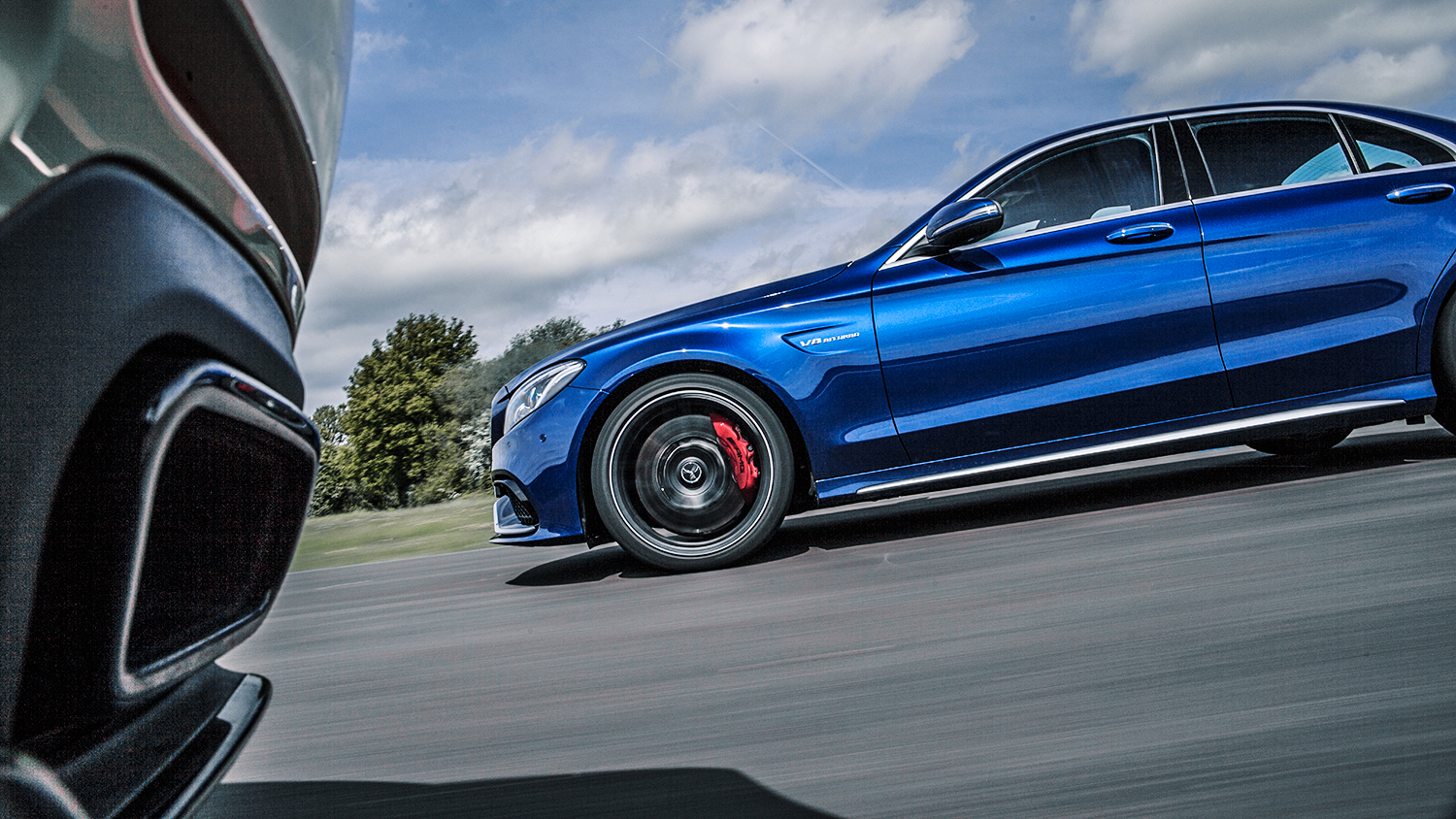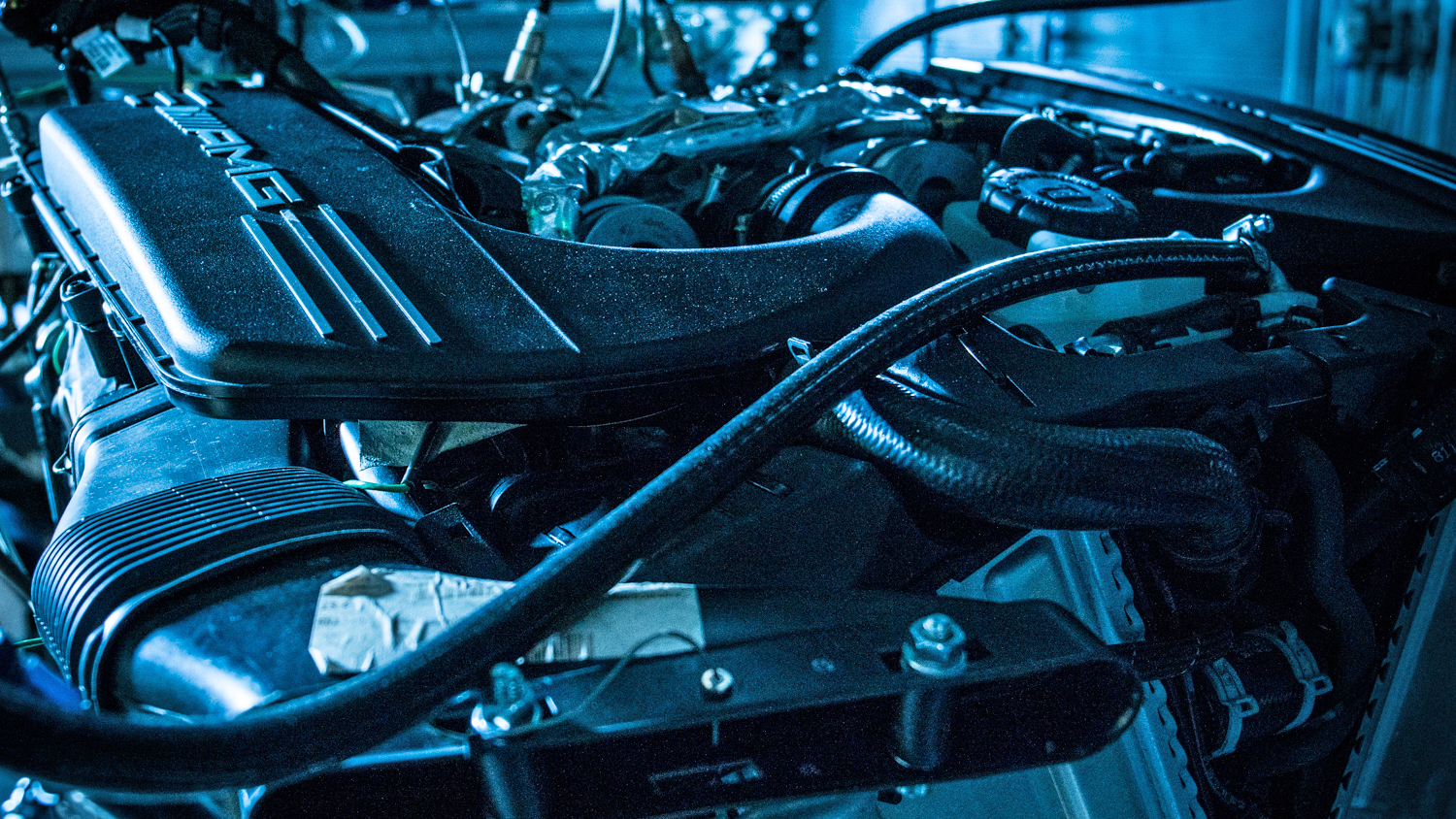
The secrets of the Mercedes-AMG C 63's engine
The way it looks is enough to tell you what the C 63 is capable of. But what lies beneath may surprise you
From its early years in the late Sixties as an independent racing tuner, to becoming the wholly-owned high-performance division of Mercedes-Benz 10 years ago, AMG has always been about one thing: the engine.
Today the company is among the most revered names in motoring, combining the production of prestigious road cars with a habit of winning GT races, Formula 3 championships and multiple German touring car titles.
AMG even lends its name and know-how to the all-conquering Mercedes Formula One programme. It’s little surprise then, that Mercedes’ fastest, most powerful models have come to be known, quite simply, as AMGs.
These cars might look beautiful, but it’s what you find beneath the bonnet that defines them. The new Mercedes-AMG C 63 is a case in point – packed into the engine bay is a 4.0 litre, bi-turbo V8, designed and built in its entirety by AMG.
This isn’t just a tweaked and tuned version of an existing Mercedes-Benz design, but the latest in a long line of AMG engines developed specifically to power yet another Mercedes ‘bahn-stormer.
Around the Dunsfold Park test track, home of the Top Gear TV show, the AMG C 63 goes and sounds like precious little else. Close your eyes and just listen, and it’s easy to imagine a fighter plane is taking off from the old airfield’s runway.
Watching the car power – or powerslide – out of a corner like Hammerhead provides the sort of feral, automotive theatre every true petrolhead craves.
The research and development process never stops. Earlier this year, Mercedes-Benz took a C 63 to Dunsfold Park to map a flat-out lap around the famous figure-of-eight circuit. The purpose? To take the data back to the AMG factory in Affalterbach and run a ‘virtual’ version of the same lap on a test rig.
During development, up to 400 examples of a single engine could be evaluated. Some will operate for up to 1,500 hours – but it’s the diversity of tests that help hone the final product. There are specific evaluations for speed, load, temperature – the list is long – and each accurately simulates acceleration and gear shifts to ensure the engine performs exactly as it would on the road.
On the ‘real time’ lap of the Dunsfold Park circuit, this latest Mercedes-AMG C 63 hit a top speed of 144mph, through the unnervingly fast, sweeping, right hand curve, Followthrough. And in the Affalterbach test chamber, this is where the simulated lap got especially interesting.
In a visually striking illustration of the engine’s performance, the full length of each exhaust glows an incredible shade of bright red at the point that the engine climbs to maximum revs (6,250rpm). It’s a remarkable sight, as the operating temperature climbs to an astonishing 850ºC plus.
The AMG technicians have seen it all before, of course. “It’s quite a phenomenon, isn’t it,” laughs Dr. Ing. Gerald Thater, Senior Manager of Technical Operations at AMG. “But you know what? This is exactly how the exhausts would look underneath an actual car, if you were going fast enough.”
To the engineers at AMG, the sight of precision-engineered metal glowing red hot may not be such an arresting sight anymore, but it remains a visceral demonstration of how the heart and soul of an AMG performs.
To watch the AMG exhausts glow red hot, visit: www.topgearpromo.com/mercedes
AUFRECHT-MELCHER-GROßASPACH: A BRIEF HISTORY
AMG was founded in 1967 by two ex-Mercedes-Benz engineers, Hans Werner Aufrecht and Erhard Melcher, the A and the M of the company name (Großaspach was Aufrecht’s home town).
From its earliest days, the company designed and built race engines, before expanding into the customisation of Mercedes-Benz road cars. Today, this world-renowned engineering firm employs almost 1,000 people at its factory and technical centre in Affalterbach, just 20 miles from Mercedes-Benz's own headquarters, in Stuttgart.
Featured

Trending this week
- Car Review
BMW 1 Series







